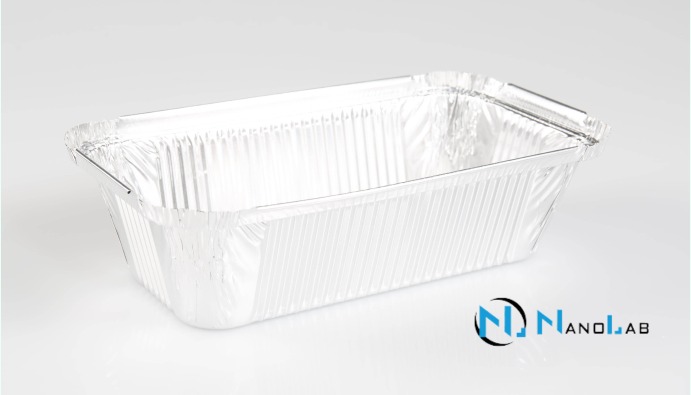
BLOG
KATEGORİDEKİ DİĞER YAZILAR

The most important issue in food contact materials is migration. Especially in long-term contact with hot foods, element or different substance transitions from many packaging materials to food may occur. In order to detect this, migration analyzes should be performed on packaging materials.
One of the migration analyzes is “Determination of Aluminum Content in Aluminum and Aluminum Alloy Materials and Materials in Contact with Food”. With the determination of aluminum, information can be obtained about the amount of aluminum that can pass into food and its risks.
The amount of aluminum in the packaging is determined based on the statement in the Turkish Food Codex (TGK) Regulation on Substances and Materials in Contact with Food: 'These materials cannot pass through these materials in an amount that will endanger human health, cause undesirable changes in the composition of food or changes in sensory properties'.
Aluminum is a widely used element in food packaging, especially in materials such as metallized coatings and foil. However, it is an element that needs to be controlled in terms of food safety, as it can migrate into food in high quantities and is toxic. Aluminum quantification in packaging materials is an analysis to determine the amount that this metal can migrate and to ensure food safety.
Aluminum quantification is performed on packaging materials in direct contact with food. Such materials include aluminum foil, metallized films, metal containers, composite packaging containing aluminum. European Union and national regulations require the amount of aluminum in these materials to be within certain limits.
There are international standards and guidelines for aluminum quantification. The European Union has set specific limits for the quantification of aluminum in food contact materials. The concentration of aluminum in packaging in direct contact with food must be below certain limits.
Nanolab Laboratories Group continues to provide services within the scope of Aluminum Quantification. We also provide services in Paper and Cardboard Packaging Analysis.
Contact us for more information.
You can follow us on LinkedIn for up-to-date news and posts about our services.
Follow our Instagram account to be informed about our latest blog posts.